SLO County veterans suddenly can’t use VA benefits at private local facility. Now what?
In early 2023, Max was in crisis.
A pending divorce coupled with a recent arrest for driving under the influence pushed the Paso Robles resident and Marine Corps veteran — who asked to be identified using an alias to protect his privacy — to begin drinking more in an effort to cope.
Max said he has struggled with alcohol his entire life, but recent events left him unmoored.
“I just felt like there’s no way out,” said Max, who served in the Marine Corps from 1998 to 2006. “I became very depressed.”
Max reached out to a friend and fellow veteran who experienced similar challenges after their military service and was referred to Legacy Village, a residential treatment center for military veterans in San Luis Obispo County.
“I had never been to a rehab facility before, so I didn’t know what to think,” Max said of Legacy Village, which has 12 beds in a large home on 25 quiet acres in Nipomo. “I just knew that I needed a safe place to work on me.”
Max was able to get into the treatment center within 24 hours of reaching out and completed a 90-day stay in August, where he participated in therapy and learned to build healthy coping strategies as part of his recovery.
Now, about five months since beginning treatment, Max is doing well. He is still sober and connected to the Alcoholics Anonymous community. He said learning how to manage stress without drinking has changed his life for the better.
From the provider perspective, the turnaround between Max’s referral to Legacy Village and the start of treatment was “probably the fastest” the program has ever seen, Legacy Village CEO Dennis Farmer said.
The speedy referral-to-treatment pipeline is an example of how the landmark MISSION Act — also known as the Veterans Administration Maintaining Internal Systems and Strengthening Integrated Outside Networks Act — was intended to help veterans like Max access local health services such as substance use recovery using their VA benefits through an expanded Community Care Network.
But recently, the VA Greater Los Angeles Health Center, which serves San Luis Obispo County veterans, has virtually stopped authorizing treatment for veterans at Legacy Village, Farmer said.
Legacy Village is one of few residential care facilities for substance use recovery in the county, and one of the only residential rehabilitation centers in the nation that serves veterans specifically, San Luis Obispo County Veterans Officer Morgan Boyd said.
Multiple veterans service providers who spoke to The Tribune said the decision to slow or stop insurance authorizations for Legacy Village occurred because the VA Greater Los Angeles decided private residential treatment centers are not part of the Community Care Network, because those residential facilities have been labeled “institutional.”
The VA said in a statement to The Tribune that it is prioritizing referrals to the VA-run residential treatment center in Los Angeles known as the Domiciliary ahead of any private treatment centers that contract with the VA, usually due to a lack of space at the VA facility, but that residential rehabilitation treatment centers are still part of the Community Care Network.
Determining whether Legacy Village is still part of that network has been confusing for its owner, Farmer said.
Regardless, advocates say the change in policy contradicts the intention of the MISSION Act to improve health care for veterans and can leave veterans in crisis for longer.
“It basically took choice out of the veterans hands,” Farmer said.
Forcing veterans who grapple with substance use disorder to delay or miss treatment due to bureaucracy or untenable travel distances can lead to tragedy, Boyd said.
“When an individual is ready to receive care, we need to embrace them and wrap our arms around them as a community and get them the help that they need,” Boyd said. “We can’t wait 30 to 45 days, because they’re either going to be right back on the street, in jail, or God forbid, dead.”
Challenges for SLO County veterans seeking treatment
Max’s ability to access treatment for his alcoholism in SLO County within 24 hours, without having to travel hundreds of miles and wait days for an appointment at the VA Greater Los Angeles Health Care Center, is one example of how the MISSION Act Community Care Network was intended to function.
Max is the primary caretaker for three children, one of whom is still in high school. He was able to enroll in Legacy Village because his friend worked there.
“I didn’t even know about Legacy,” Max said. “They were gonna send me to the Dom over in Los Angeles.”
But checking into the Domiciliary for three months of treatment “wasn’t really an option for me,” Max said, “because I have three children, and they live in San Luis Obispo County.”
It can take anywhere from 20 to 45 days to process a screening and referral to the Domiciliary, Boyd said, which is a far cry from the “immediate care” most substance use disorder cases require.
As one of about 16,500 veterans living in the county, Max is not alone.
But the smaller veteran population here compared to major cities like Los Angeles or San Francisco means the county has fewer resources, Boyd said.
“That’s why organizations like Legacy Village are so crucial to our community,” he said.
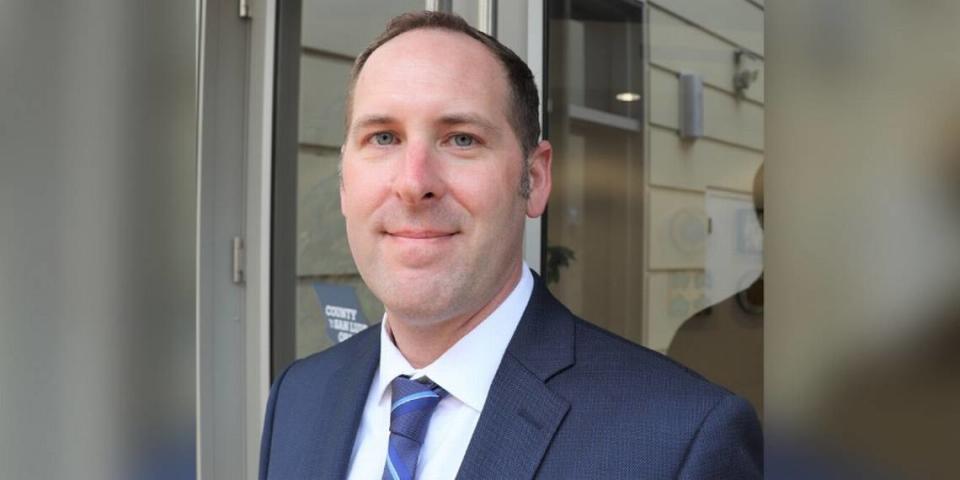
How MISSION Act improved veterans’ access to care in SLO County
San Luis Obispo County makes up the northernmost tip of the Greater Los Angeles region served by the VA Health Center.
“We’ve always been on the periphery,” said Alan McKean, president of the nonprofit San Luis Obispo County Veterans Collaborative.
Legacy Village is part of the Community Care Network for this region, which includes medical, behavioral health, surgical and dental services, among others.
The MISSION Act lets veterans choose if they want to use the VA Health Center or a local health care provider within their region’s Community Care Network.
The Community Care Network was expanded through the MISSION Act and built on the foundations of a similar community network created by the Veteran’s Access, Choice and Accountability Act of 2014, which allowed veterans to use their VA benefits to pay for care from civilian providers.
Before the Choice Program, VA benefits were not portable. Instead, most health services were delivered at VA health centers, leaving some veterans no choice but to travel long distances for services and contend with lengthy wait times.
The Choice Program required the VA to pay for veterans who opt to use community providers under certain conditions, such as if the veteran lived more than 40 miles from their nearest VA health center or if appointment wait times at the VA exceeded 30 days.
“For quite some time, there’s been some form of a program that involves veterans having a choice in their health care,” Farmer said.
The MISSION Act also gave health workers at VA clinics even more discretion to refer patients to Community Care Network providers. If the VA provider and the patient felt community-based care was in the veteran’s best interest, they could refer accordingly, Farmer said.
By December 2020, Legacy Village had fully transitioned into the Community Care Network under the MISSION Act, he said.
“If anything, we saw an increase in referrals because the MISSION Act was very specific with the mileage requirements or the wait times and things like that for care,” he said.
Now, veterans’ ability to choose their health services has unraveled.
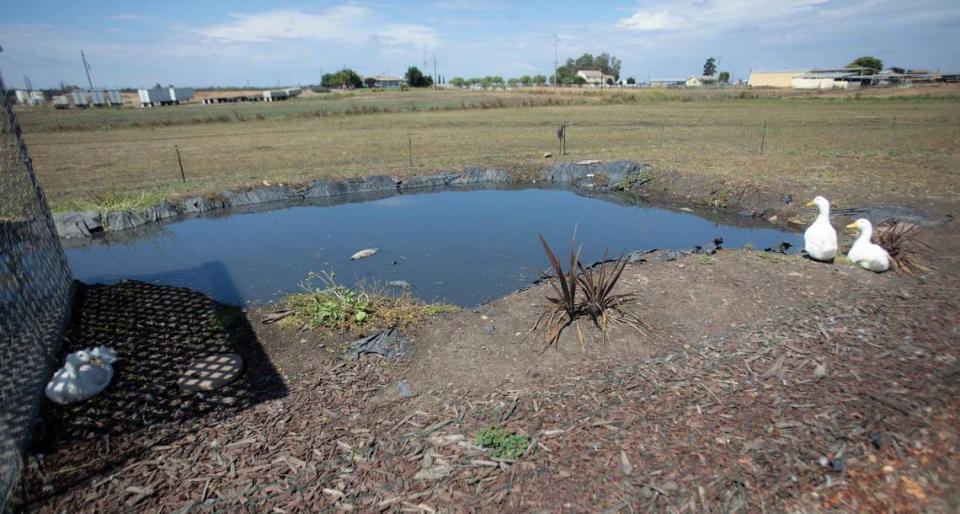
Los Angeles Health Center routes veterans away from community-based care
In the past year, despite the stipulations in the MISSION Act, everything changed about how referrals and authorizations were processed by the VA’s Los Angeles Health Center — to the detriment of SLO County veterans and Legacy Village, veterans service providers say.
At the beginning of 2023, the VA suddenly reduced the number of referrals to Legacy Village and essentially stopped authorizing the use of VA benefits at the Nipomo treatment center, Farmer said.
Instead, the VA’s current policy is to refer veterans needing residential rehabilitation treatment services to the Domiciliary instead of authorizing the use of VA benefits at residential treatment facilities within the Community Care Network.
Now, many local veterans have no option but to travel the nearly 200 miles for mental health screenings and treatment at the Domiciliary in West L.A., Boyd said.
“I have no idea why the VA is taking away the ability of licensed clinical professionals to do their jobs and mandating that it goes through the Domiciliary down in Los Angeles,” Boyd said.
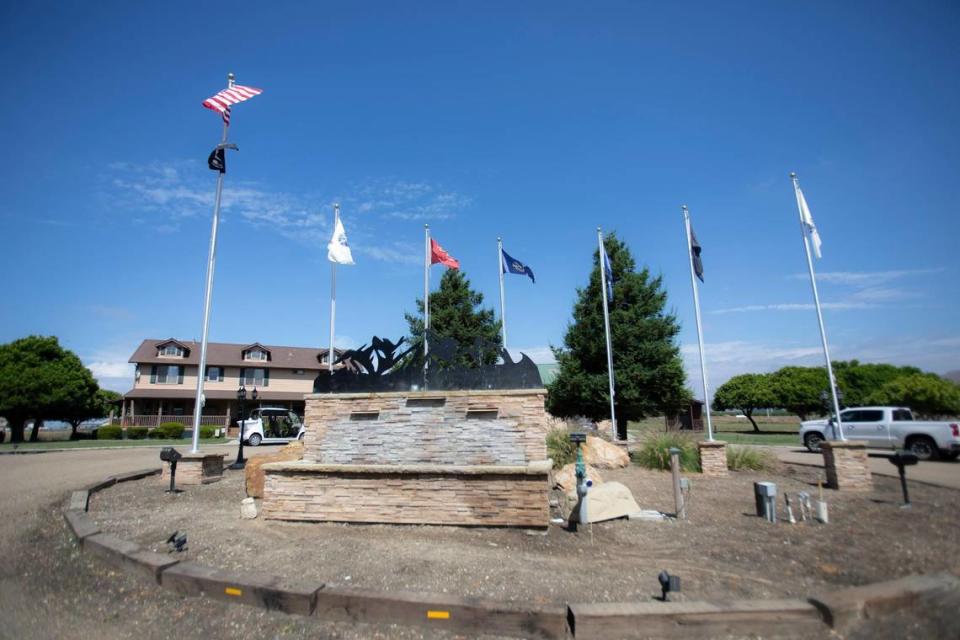
Legacy Village navigated VA bureaucracy to get veterans help, faster
Since opening in 2015, Legacy Village has prioritized getting veterans enrolled in treatment quickly, rather than waiting for a formal referral and authorization from the VA, Farmer said.
These expedited referrals weren’t a problem for Legacy Village or the VA — until recently.
“The referral process worked all the way up until 2023 much the same,” Farmer said, describing how the VA would send veterans to Legacy Village and then follow with the necessary paperwork.
“We knew there was going to be like a four-, five- or six-day lag time between when we got (the veteran) and when the authorization would come in,” Farmer said. “But that was just the cost of doing business. Within a week, we’d get the authorization and life would move on.”
Farmer’s willingness to start treatment at Legacy Village before confirming the VA would pay for services is uncommon, and speaks to his commitment to serving vulnerable veterans, Boyd said.
“He’s eaten tens and tens of thousands of dollars by letting veterans get treatment for free for a month,” Boyd said.
The VA’s new policy toward residential treatment centers came as a surprise to the Legacy Village staff, who had previously worked closely with VA offices in Santa Maria and San Luis Obispo to keep clients stable while authorization was processed, meaning, the early weeks of treatment are not paid for by the VA, Farmer said.
Farmer said early intervention is critical because veterans with substance use disorder or mental illness are in crisis and often cannot follow the complex process of scheduling a screening at the Domiciliary, waiting 20 to 30 days for an appointment, getting to Los Angeles for the appointment, waiting for authorization and then getting a referral to a treatment center.
“If you miss any of these steps, you’re dropped and start all over again,” Farmer said. “Guys who are homeless and guys who are in the middle of a heroin addiction don’t just answer random phone calls from a Los Angeles number on their cell phone, if they have one.”
Nipomo residential rehab center sits empty as VA referrals dry up
As a result of the change, Legacy Village has seen its client load gutted.
In a typical year, Legacy Village would have treated about 80 clients by the end of August, Farmer said. But by that time this year, the facility had treated just 40 clients.
Of those 40, Farmer estimates 20-25% were denied authorization to use their VA benefits at Legacy Village, despite the center being part of the Community Care Network, meaning Farmer provided care at a loss and was never reimbursed by the VA.
Though the VA may still refer a handful of clients to Legacy Village when the Domiciliary is at capacity, it’s not enough to sustain the business, Farmer said.
“I’m standing on the front porch of an empty facility,” Farmer said on Sept. 27.
The decline in VA referrals and authorizations to Legacy Village has also hindered the ability of the veterans treatment court programs in San Luis Obispo and Santa Barbara counties to refer veterans navigating the justice system, Boyd said.
The programs integrate VA services with the justice system for veterans accused of crimes who also experience mental health issues such as PTSD, depression and anxiety, traumatic brain injury, or military sexual trauma, Boyd said.
Despite the challenges Farmer has encountered with the VA, he said he won’t be closing Legacy Village.
Instead, Farmer decided to open the treatment center to first responders as well as veterans who require residential rehabilitation services, he said.
As of Oct. 10, Farmer said the facility is empty, and while its dozen staff members have not been laid off, they are waiting for their next clients.
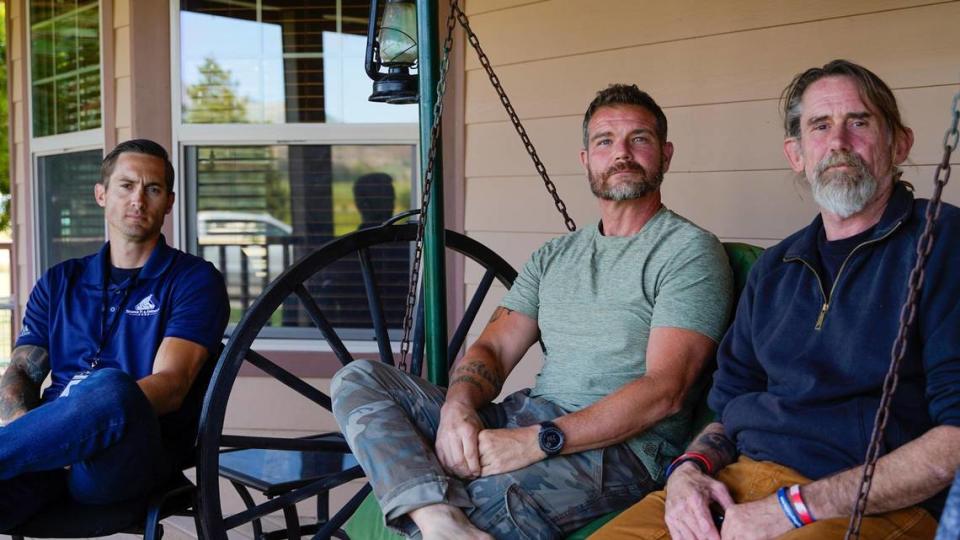
Why isn’t the VA sending veterans to Legacy Village?
Veterans service providers have pointed to a number of possible reasons for the VA’s decision to move away from using private treatment facilities like Legacy Village.
But one perplexing explanation stands out above the rest.
On June 13, the SLO County Veterans Collaborative, which partners with the VA Los Angeles Health Center, invited a representative from the agency to talk about the Community Care Network and partnerships between the VA and smaller, local providers.
The goal was to help improve the lines of communication between Legacy Village and the Los Angeles Health Center, McKean said.
At the meeting, Farmer was told that the MISSION Act does not apply to residential substance use treatment centers like Legacy Village because those facilities are now considered “institutional” settings by the VA — and the MISSION Act excludes institutional settings from the Community Care Network.
“The problems we’re seeing this year are a direct result of the VA’s stance now that the MISSION Act doesn’t cover this industry,” Farmer said.
Boyd, who has a master’s degree in Public Policy from Cal Poly, said he has read the MISSION Act and sees nothing in the policy that defines residential treatment centers like Legacy Village as institutional settings. He sees no basis for this new interpretation.
“The official line from the VA is that they are prioritizing the Domiciliary,” Farmer said. “Here’s what doesn’t make sense: The MISSION Act doesn’t allow for them to do that. That’s a clear violation of giving the veteran choice, which is what the MISSION Act does.”
Veterans service providers believe another motivation may be behind the change as well.
Several who spoke with The Tribune believe it could be a strategy to fill beds at the Domiciliary and bring in more revenue for the VA treatment center.
“It’s no secret that VA is hemorrhaging money due to care in the community,” Boyd said, in reference to the community care stipulations of the MISSION Act.
The VA Office of the Inspector General released an inspection report of the VA Greater Los Angeles Health Care System in August 2023 that showed a dramatic decline in the census at VA facilities, particularly at the Domiciliary.
Much of that drop was attributable to the COVID-19 pandemic, which left only 132 of 296 beds occupied on average in 2020, the L.A. Health Center’s communications office said in an emailed statement. The daily census is back up to 201 today, but that’s still two-thirds of capacity.
Other reasons the VA is choosing Domiciliary over community-based treatment
The VA prioritizing the Domiciliary ahead of local treatment centers can’t account entirely for the slowdown in referrals to Legacy Village, veterans service providers said.
“Even when the Dom is full, it’s still a 20- to 30-, sometimes 45-day wait,” Boyd said.
The VA Health Center is routing clients to the Domiciliary because of its proximity to VA health resources, such as outpatient clinics, inpatient units, specialty providers and social workers and counselors, the agency said.
“When space at the Domiciliary is not available, veterans are referred to community care, where VA clinical recommendations in addition to veteran preference are considered when selecting a Community Care Network facility,” the agency said in an emailed statement.
Boyd, Farmer and McKean said they’ve heard nationwide that the VA is reducing the number of authorizations at residential treatment facilities.
“I feel they are very loosely interpreting (the MISSION Act), because to be quite honest with you, I think it’s got to be about money,” Boyd said.
Although paying for veterans to receive services at Legacy Village is likely more expensive for the VA, the treatment program has better outcomes for veterans because it delivers services in a smaller facility that offers more one-on-one opportunities with providers, he said.
In the past five years, Farmer said, 64-68% of Legacy Village clients are sober a year after completing treatment, though it’s unclear how that stacks up against Domiciliary care.
“We’ve had a lot of cross-pollination over the years, and veterans who’ve been to both programs,” Farmer said. “We have had a heck of a time finding statistics from the Domiciliary.”
Max told The Tribune if he hadn’t been admitted to Legacy Village, “I probably wouldn’t be alive.”
Boyd said if cost is the reason the VA is excluding private residential treatment centers from authorization, he hopes the VA would be willing to meet with Legacy Village to come up with a solution or fee schedule that works for both.
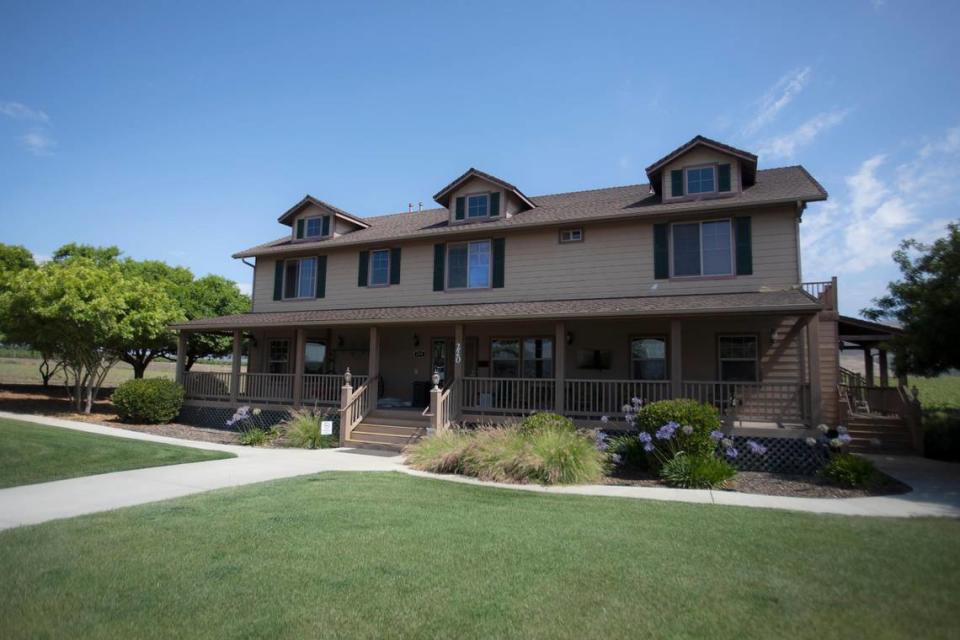
Congressional bill aims to fix community care gaps, expedite services for veterans
In a search for solutions, Farmer traveled to Washington, D.C., in September to talk with policymakers about the gaps in the MISSION Act that allowed the VA to suddenly exclude the use of private residential treatment centers.
In May, Iowa Congresswoman Mariannette Miller-Meeks introduced HR 3520, the Veteran Care Improvement Act, to push the VA to take greater accountability for veterans’ healthcare needs and fill the gaps in the MISSION Act, including timely access to community-based treatment.
That same month, San Luis Obispo County Supervisor Jimmy Paulding sent a letter to the Chairman of the House Committee of Veterans Affairs about the conflict between the VA Los Angeles Health Center and Legacy Village. In June, Supervisor John Peschong wrote a letter to the same committee endorsing the VCIA.
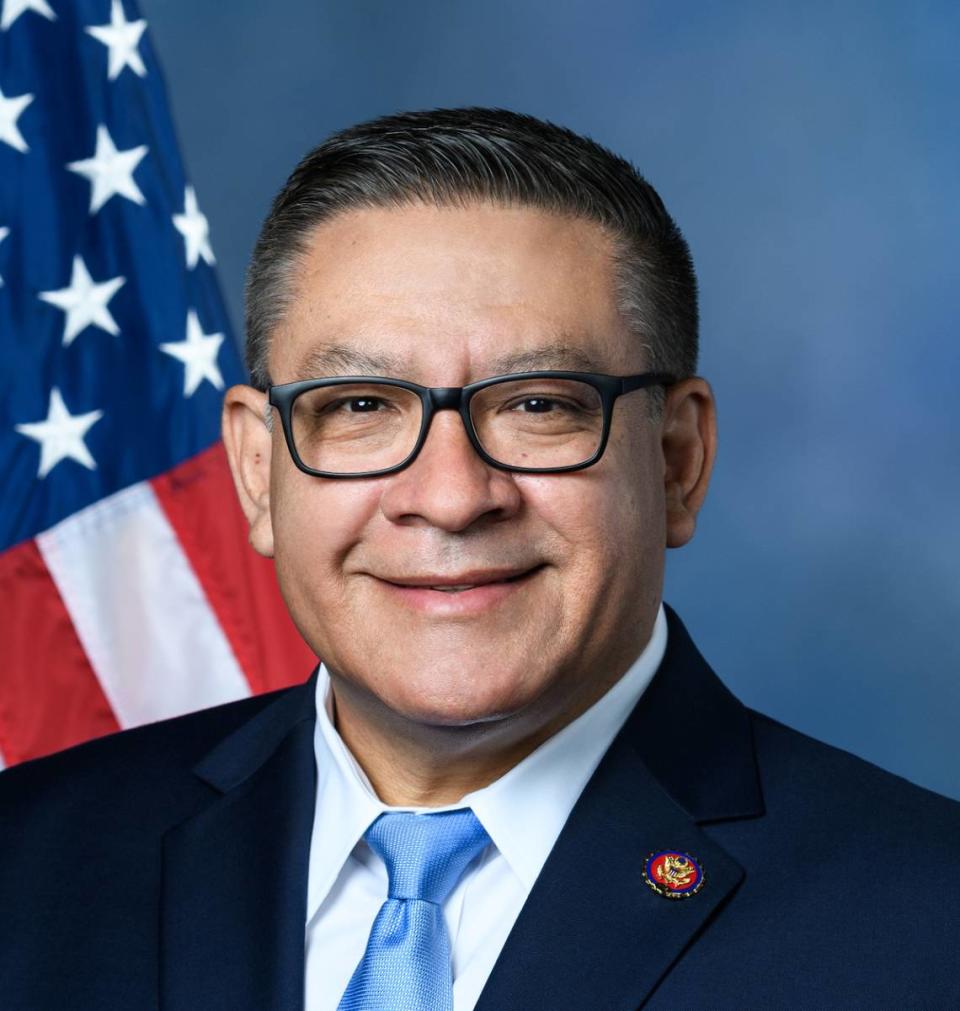
Boyd wrote a letter to SLO County Congressman Salud Carbajal encouraging him to support the VCIA in September. Currently, the Republican-sponsored bill has not enjoyed bipartisan support or attention, Farmer said.
Farmer said he spoke with Carbajal about the bill when he was in Washington, D.C., last month.
When The Tribune asked Carbajal if he will throw his support behind the VCIA, his spokesperson said he is still reviewing the legislation and has not decided whether or not to back the bill.
“I haven’t seen Congressman Carbajal support this bill,” Boyd said. “He’s a veteran. I understand politics, but this is something that’s a bit different.”
Boyd said he is disappointed the representative has not made VCIA more of a priority, considering the potential impact to veterans locally and nationwide.
“This would fundamentally change health care for veterans, not just for substance use disorder. The rest of it is mandating quick turnaround times for all medical appointments,” he said. “It’s something that we really need for care in the community.”
McKean likewise said he is surprised the Los Angeles VA has turned its back on service providers like Legacy Village, considering how helpful the VA is when it comes to everything else.
“All of us are in the same game, and that game is to help veterans, right? We have the same common goal,” he said. “I just don’t understand why there has to be such a speed bump here.”

